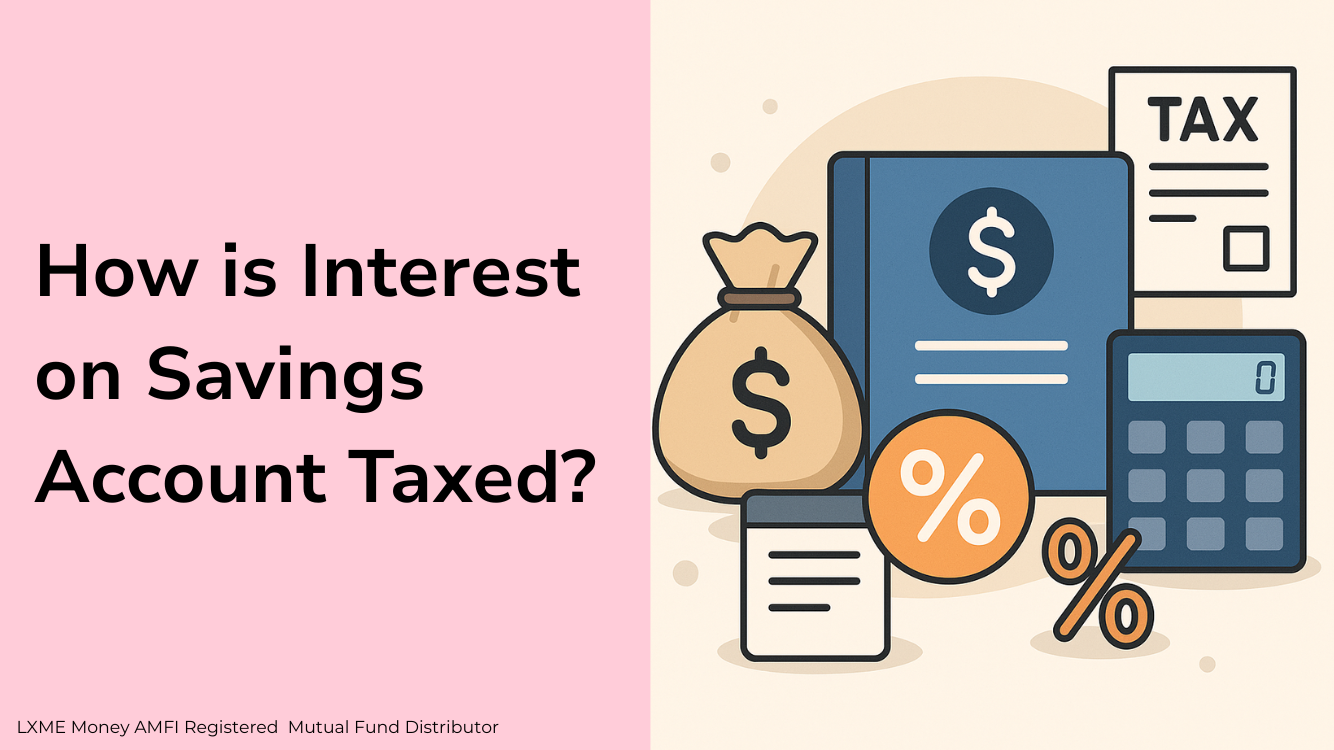Most of us spend without thinking twice on the little things. The “daily coffee” that quietly costs more than your internet bill, the “I’ll just order it online” requirements that add up, or those branded beauty products that you could honestly get cheaper alternatives for. We don’t notice because it feels normal. But over months, these tiny spends can pile up into a big hole in your savings.
And here’s the thing: learning how to reduce expenses in daily life isn’t about being stingy. It’s about making sure your money is working for you, not leaking into everyday items that don’t even add real value. So here are 10 places you’re probably overpaying everyday items, plus easy tips to reduce daily spending without sacrificing your comfort.
1. Coffee Runs & Takeaway Drinks
That ₹250 latte three times a week? That’s over ₹3,000 a month. And most of us don’t even register it. Try making coffee at home, or carry a cute reusable cup with you. Reserve café coffees for actual catch-ups, not just a mid-day habit. This one simple change is a straight win if you’re figuring out how to save on daily expenses.
2. Packaged Snacks
Chips, protein bars, “guilt-free” munchies—all marketed as small spends, but they quietly eat into your budget. Buy in bulk, make your own granola, or carry roasted makhana. Healthier, tastier, and so much lighter on your wallet.
3. Ride-Hailing Apps
Yes, they’re convenient. But those ₹200-₹300 “short rides” add up more than you think. Balance it out—take autos, split cabs, or even try walking shorter routes. It’s kinder to your wallet and your health. A solid hack when focusing on how to reduce daily expenses.
4. Streaming Subscriptions
One Netflix account, one Prime, one Hotstar, maybe Spotify Premium too? Most of us pay for platforms we hardly use. Audit your subscriptions—keep one or two you actually watch, and share accounts with friends or family where possible.
5. Branded Skincare & Makeup
Do you really need that ₹3,000 serum every month? Drugstore brands or homegrown Indian products often work just as well. Try mixing high-low—splurge on one hero product, but don’t let the rest of your routine burn a hole in your savings.
6. Packaged Water & Soft Drinks
Buying bottled water every time you step out? Or stocking up on fizzy drinks at home? These are literally money down the drain. A simple fix—and one of the easiest examples of how to save on daily expenses, is carrying your own bottle. It’s not just better for your health and the planet, but it also cuts out a recurring cost that silently eats into your monthly budget.
7. Impulse Online Shopping
That “midnight scroll” on fashion apps leads to clothes that barely get worn. Create a 24-hour rule add to cart, sleep on it, and decide the next day. You’ll be surprised how much less you spend when impulse cools off.
8. Pre-Cut Fruits & Vegetables
Yes, they save time. But you’re paying 2x–3x more for convenience. Buy whole produce and prep it yourself—it barely takes 10 minutes, and it’s fresher too.
9. Branded Cleaning Products
Those fancy “kitchen sprays” and “organic floor cleaners” may look appealing, but affordable alternatives (and sometimes good old home remedies) work just as well. Don’t let marketing drain your grocery budget.
10. Data Top-Ups & Add-On Packs
We often forget unused subscriptions or double up on mobile data we don’t need. Check your actual usage and downgrade if possible. One of the top tips to reduce daily spending is by cutting those extra GBs you never use.
The Real Issue Is Our Spending Habit
Here’s what we’ve seen (and experienced): once income grows, daily spending feels lighter, so we stop questioning it. But that’s where lifestyle creep begins. The trick isn’t to cut everything—it’s to be intentional.
Instead of thinking, “It’s just ₹200,” try asking, “What if I invested this ₹200 instead?” You’ll see how those little numbers stack into something meaningful.
For example, start with Lxme’s invest money online tool—even small, consistent investments can grow into big milestones. Pair this with the learn investment guide to understand where your money should go, and not just where it disappears.
And if you’ve already got a good handle on your expenses, why not spread the awareness? Lxme’s refer and earn program lets you share smart money habits with your circle, while earning a little extra yourself.
Woman-to-Woman: Why This Matters
As women, we’re always balancing work, home, family, and social lives. Daily spends often become our “quick reliefs,” like retail therapy or that easy food order. But here’s the truth: your small money choices today decide how independent and stress-free you’ll feel tomorrow.
Learning how to reduce daily expenses isn’t about denial, it’s about creating breathing space in your budget so you can focus on things that actually matter. A holiday you’ve been dreaming about, a financial cushion that lets you quit a toxic job, or even just the quiet confidence of knowing your savings aren’t empty at the end of the month.
The next time you wonder how to reduce expenses in daily life, remember, it’s not about cutting joy, it’s about cutting waste. When you trim the overpaying everyday items, you create space for smarter choices.
So, switch one daily expense this week, and instead of spending it, try investing that money online with Lxme. Let today’s small mindful choice fund tomorrow’s big dreams.
FAQs
How can I identify items I’m overpaying for?
Start by checking your monthly bank and UPI statements. Look for spends that repeat often—coffee, food orders, cabs, subscriptions. If it feels like a “small spend” but shows up 10+ times, that’s where you’re overpaying.
What are some common household items people overpay for?
Branded cleaning supplies, packaged snacks, pre-cut veggies, bottled drinks, and even fancy toiletries. Most of these have cheaper, equally effective alternatives.
How can I reduce my spending on daily essentials?
Buy in bulk, switch to store brands, and avoid single-use packaged goods. Even planning weekly groceries instead of buying last-minute can save a lot.
Are there alternatives to expensive branded products?
100 percent! From drugstore skincare to local food brands, cheaper doesn’t mean lower quality. Try one swap at a time, and you’ll notice your expenses drop without sacrificing comfort.
Further read:












